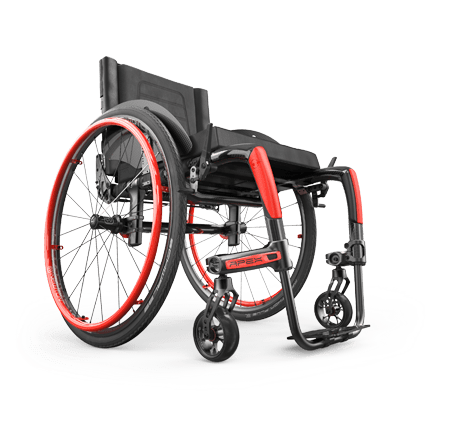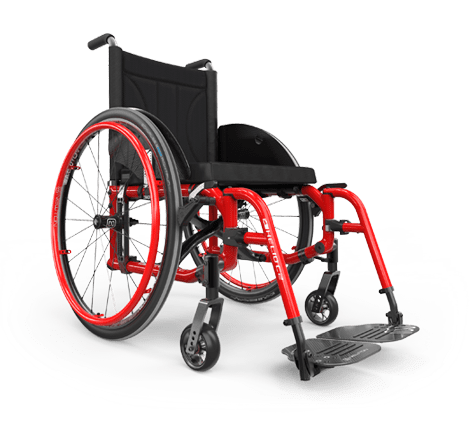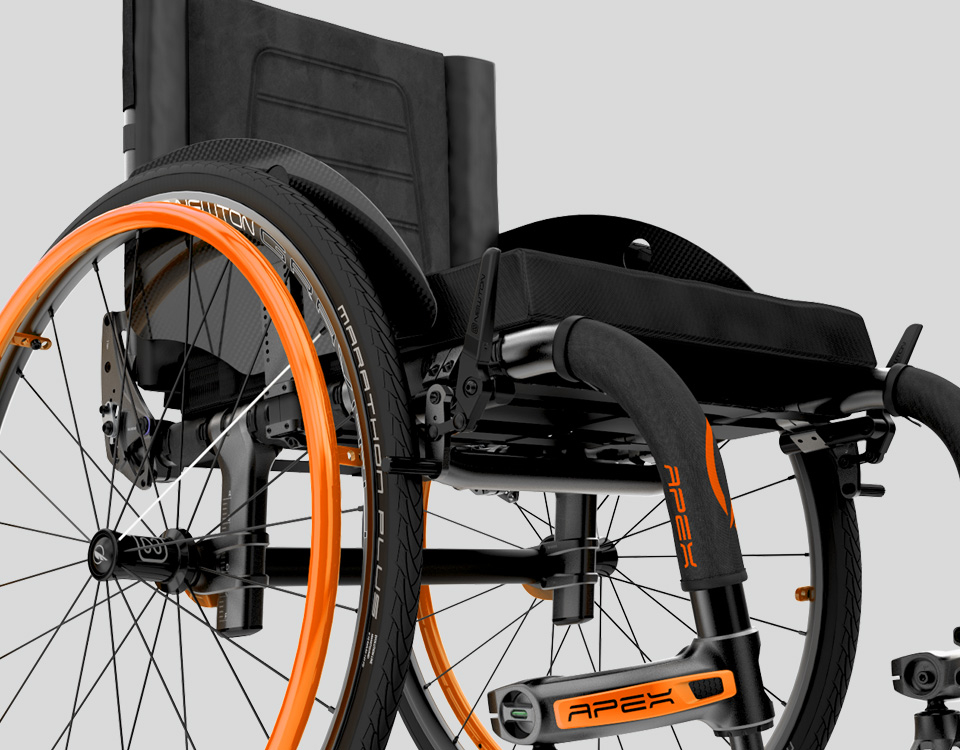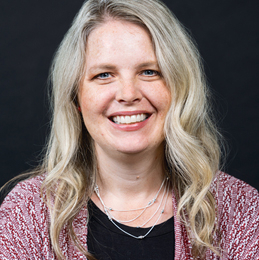(If you haven't, make sure to also read Part I of our Funding for Ultralightweight Manual Wheelchairs series.)
When completing documentation for funding for ultralightweight manual wheelchairs, or even other complex rehab technology, there are key terms that often arise. Having a thorough understanding of these terms is important for proper justification and continuance of connecting the dots for the reviewer.
Key Terminology
There are key terms often in funding source requirements. These include highly active, independent, at/in the home, and in the community. While they are listed as requirements to qualify for certain types of equipment, they are often not clearly defined. This allows the clinician to paint a picture of the client using these terms to help justify and qualify for the equipment that is best.
For starters “highly active” is a broad statement and can encompass almost any manual wheelchair user who self-propels. Highly active for a 35-year-old looks different than being highly active for an 86-year-old whether you have a disability or not. An older client should not automatically be given a lower-level wheelchair just because their normal level of activity isn’t as active as the 35-year-old. The 86-year-old is highly active in respect to themselves and if given a lower-level device they may become more sedentary which could lead to a lower quality of life. Wheelchair prescriptions for “highly active individuals” should be based on the client’s potential of what they could do with an optimally configured custom ultralightweight manual wheelchair. Wheelchair users should NOT be held to a higher standard than able-bodied individuals, and the highly active terminology should not be used as an exclusion criterion but used to rule in higher-level equipment based on individual functional level.
“Independence” is another term often listed in funding requirements for an ultralightweight manual wheelchair. The challenge often is, could my client be more “independent” if they were provided with a better wheelchair, optimally configured and ultralightweight? Sometimes as a clinician, asking the right questions can help to lead the conversation and help to qualify the client for the better wheelchair and be more independent. Don’t assume the client won’t be independent and therefore doesn’t need the higher-level product.
“At/in the home” is a term that can be a real stickler for many funding sources. For many, if the requested device isn’t used within the home, it can be an automatic denial. While this may not seem fair, it IS still the guideline for many funding sources. Remember, when evaluating your client, be sure to ask about the worst-case scenario, because that worst case scenario might be when they need the equipment within the home, and therefore can help you with the justification. Many clients don’t make it to the wheelchair clinic on their bad days, so you may be evaluating them at their best. Apartments, Seniors Residences, or other multi-dwelling buildings can be a challenge as well. Remember your client needs to be able to access ALL areas of their living space, and this can be considered, “in the home.” This can include going to a common dining area, accessing mail at the front of a complex, etc. These activities can help you qualify the client for the optimally configured ultralightweight manual wheelchair.
“In the community” is another term not well defined and some funding programs require the client to be “independent in the home AND community.” With lack of accessible transportation this can be almost impossible, and therefore might seem to exclude some clients from the ultralightweight wheelchair. Asking the proper questions and doing a thorough evaluation could reveal the client’s ability to be more independent within the home AND community if given the proper optimally configured ultralightweight manual wheelchair. List all the places the client goes, work, church, grocery shopping, medical appointments, movies, etc.
In the final installment of this series, the discussion of the unique product features of the ultralightweight manual wheelchair will be discussed. This will allow the clinician to connect the dots to ensure the reviewer has all the information they need to approve the request for funding.








